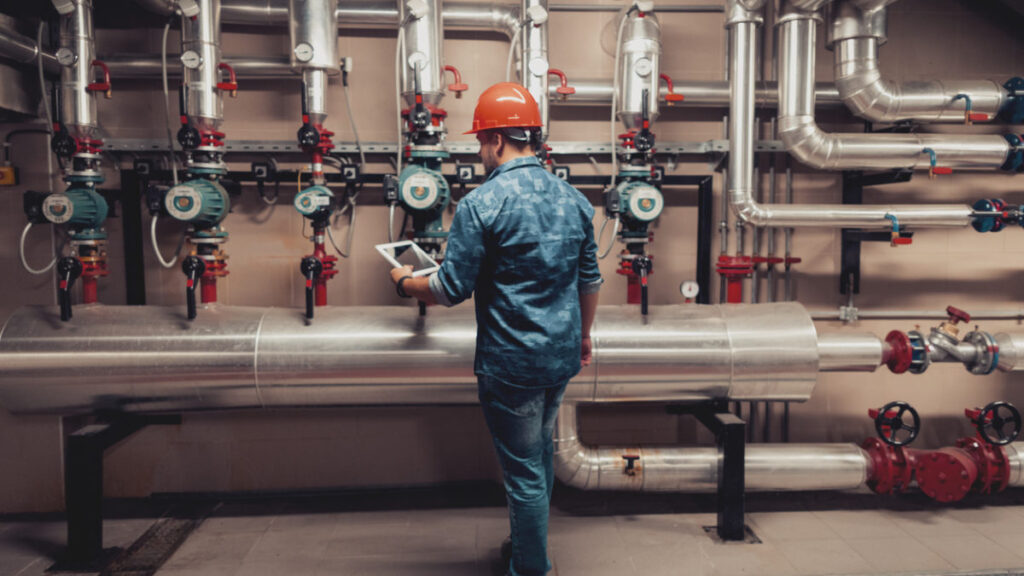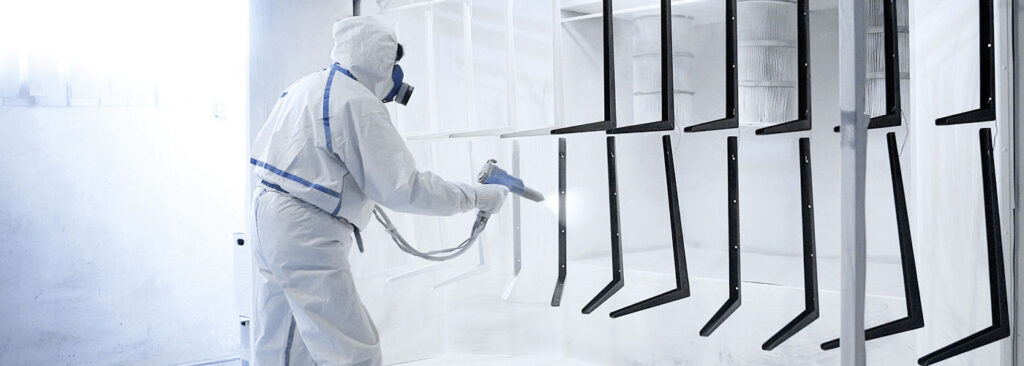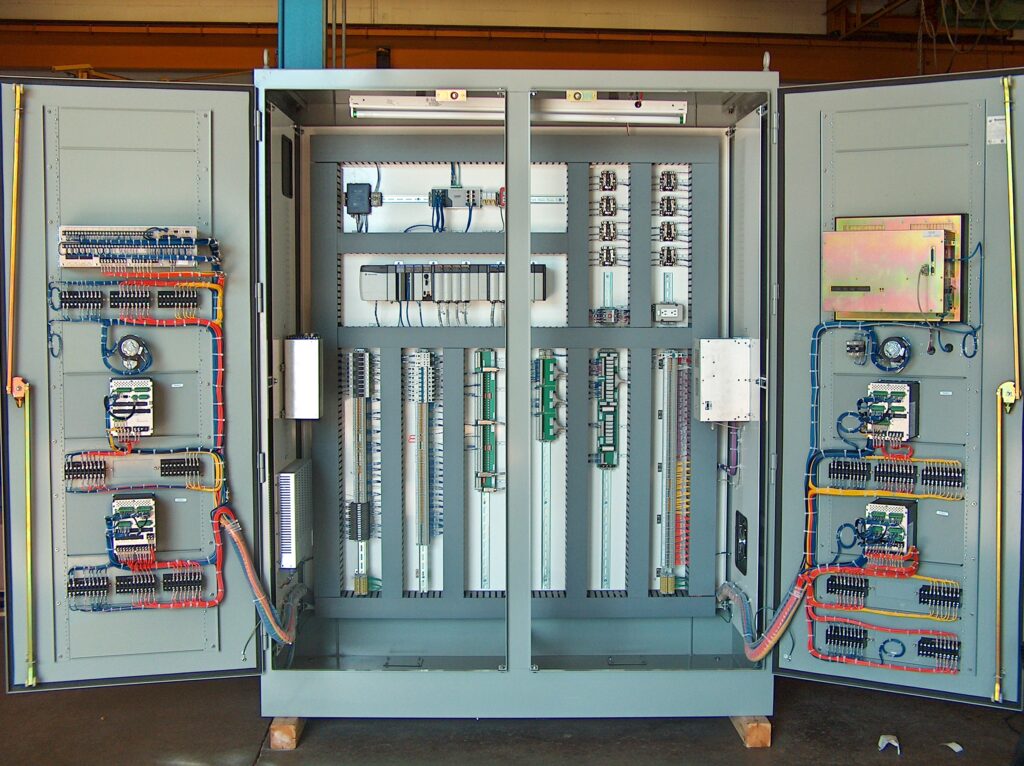APPLICATIONS OF HEAT EXCHANGERS
Heat exchangers are essential parts of many businesses because they effectively transfer heat between two or more fluids. The following are some important applications:
1. HVAC Systems: These systems transmit heat between various water systems or between indoor and outdoor air to control the temperature in buildings.
2. Power Generation: Heat exchangers are essential components of power plants that transmit heat from combustion processes, cool systems, and condense steam.
3. Chemical Processing: They help recover heat from exothermic reactions, cool heated reactants, and transfer heat during chemical reactions.
4. Food and Beverage Industry: Used in cooling, pasteurization, and sterilizing procedures to preserve product quality and guarantee safety.
5. Automotive Industry: Used to control engine temperature and boost efficiency in radiators and intercoolers.

Benefits of Using Heat Exchangers
Yes, of course! The following are the top three advantages of heat exchanger use:
1. Energy Efficiency: Heat exchangers capture waste heat and channel it into other operations, which maximizes energy consumption and minimizes environmental effect and energy expenses.
2. Cost Savings: Heat exchangers may drastically save operating costs by limiting energy use and lowering the demand for additional heating or cooling systems.
3. Temperature Control: They provide optimal performance and product quality by offering accurate temperature management, which is crucial for many industrial and HVAC operations.
Choosing the Right Heat Exchanger
Several important factors must be taken into account when selecting the best heat exchanger to guarantee peak performance for your particular application. Here are a few crucial things to think about:
The Shell and Tube heat exchanger type is well-suited for high-pressure settings and expansive heat transmission regions.
– Plate: Ideal for gases and liquids, this compact and effective device operates at moderate pressure.
– Air-cooled: Ideal in scenarios when water is costly or in short supply.
– Double-Pipe: Easy to use and reasonably priced for small-scale uses.
2. Operating Conditions: – Temperature and Pressure**: Verify that the components and the design are strong enough to endure the highest possible expectations.
– Fluid Characteristics: Take into account the fluids’ viscosity, corrosiveness, and phase (gas or liquid).
3. Heat transmission Efficiency: – Seek for designs, such as corrugated plates or finned tubes, that optimize surface area and improve heat transmission.










